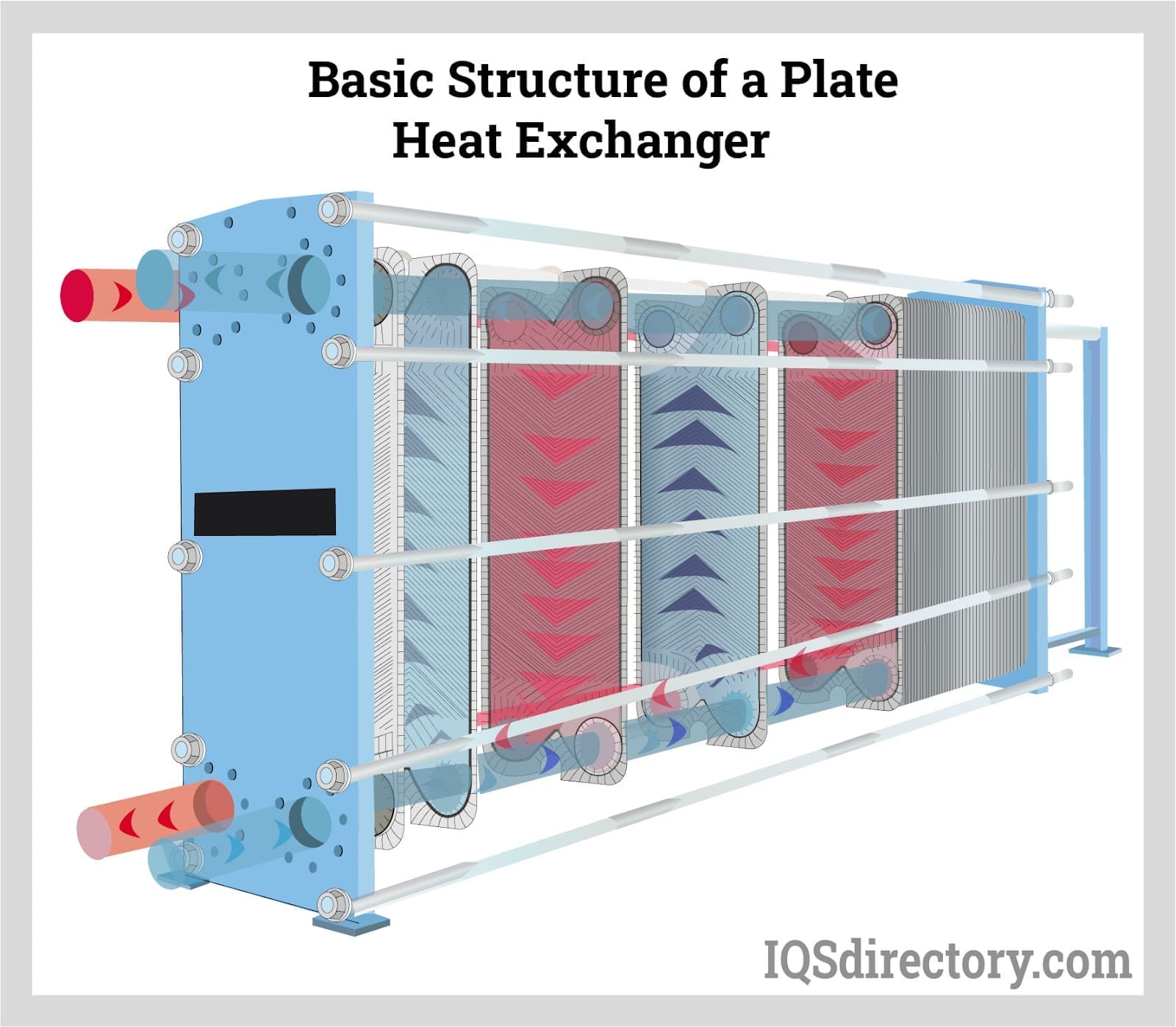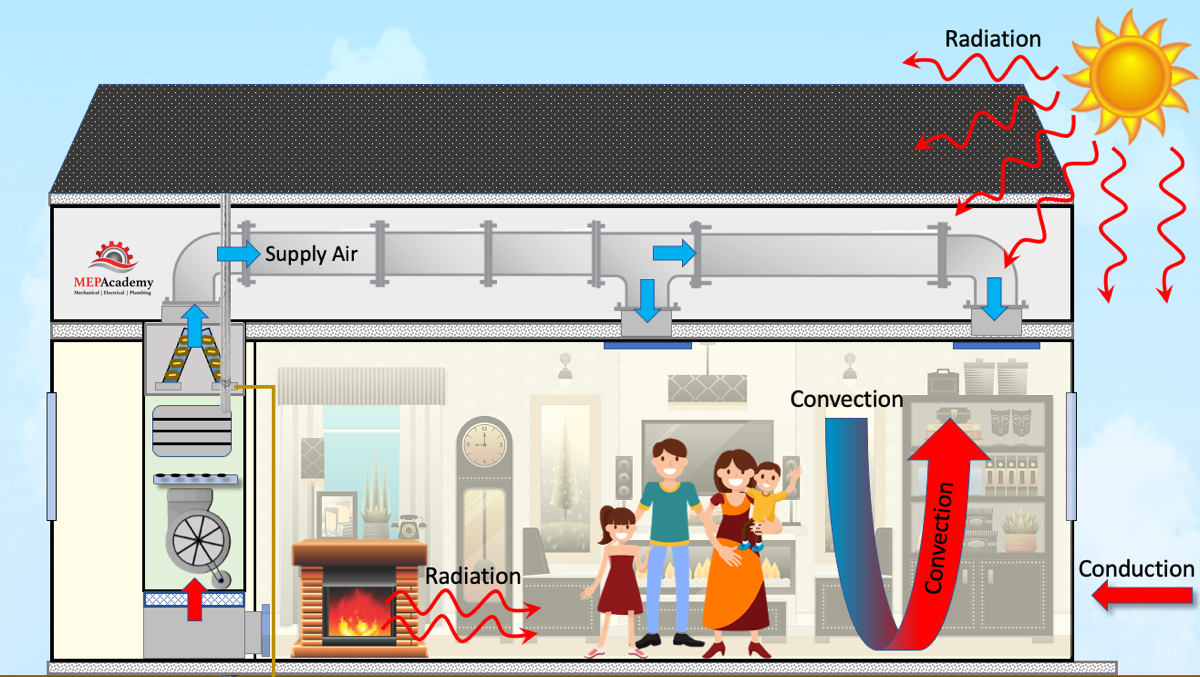Live Data Feedback: How DVS Heat Transfer Systems Enable Predictive Maintenance
A Comprehensive Guide to Choosing the Right Heat Transfer Systems for Your Demands
Selecting the proper Heat transfer system is necessary for operational effectiveness. Numerous systems satisfy various demands, affected by variables such as temperature range and fluid kind. Comprehending the concepts behind Heat transfer, such as convection, conduction, and radiation, is critical. Furthermore, reviewing power sources and upkeep practices can impact long-lasting performance. A closer evaluation of these considerations discloses just how to tailor a system to particular requirements. What should one prioritize in this complex decision-making process?
Comprehending Heat Transfer: Secret Concepts and Concepts
Although Heat transfer may appear like a simple concept, it encompasses a variety of concepts that are fundamental for efficient system layout. Comprehending these concepts is important for engineers and developers who intend to maximize thermal performance in different applications. Transmission, for instance, involves the transfer of Heat via solid products, while convection refers to the motion of Heat within fluids. Radiation, another essential concept, describes how Heat can be moved through electro-magnetic waves. Each of these mechanisms plays a vital duty in identifying just how power relocates within a system. By extensively understanding these ideas, specialists can make enlightened decisions, ensuring that Heat transfer systems run successfully and meet the specific needs of their applications
Kinds Of Heat Transfer Solutions: A Summary
Understanding the principles of Heat transfer prepares for discovering the different types of Heat transfer systems offered. Heat transfer systems can be categorized mostly into three types: radiation, convection, and conduction. Conduction includes Heat transfer via strong products, relying upon straight contact in between particles. Convection, on the various other hand, takes place in fluids (fluids and gases) where the activity of the fluid itself promotes Heat transfer. Radiation includes the transfer of Heat via electromagnetic waves and does not need a tool, permitting it to occur in a vacuum cleaner. Each sort of system has unique features and applications, making it vital for individuals and organizations to meticulously assess their specific demands when picking the most appropriate Heat transfer option.
Applications of Heat Transfer Systems in Numerous Industries
Heat transfer systems play an important duty throughout different markets, affecting performance and item high quality. In commercial production processes, they promote accurate temperature level control, while in food and drink handling, they ensure safety and conservation. Additionally, heating and cooling and environment control systems depend greatly on efficient Heat transfer to preserve comfy environments.
Industrial Manufacturing Processes

Numerous commercial manufacturing processes depend greatly on reliable Heat transfer systems to maximize productivity and improve product quality. In markets such as metalworking, Heat exchangers play a crucial function in keeping suitable temperature levels throughout welding, spreading, and creating. These systems assure consistent Heat distribution, which is essential for attaining desired product residential properties. In the chemical production sector, Heat transfer systems facilitate exact temperature control during reactions, affecting return and safety and security. In textile production, effective Heat administration is essential for dyeing and finishing procedures, affecting shade consistency and material quality. By selecting proper Heat transfer modern technologies, makers can boost energy effectiveness and lower operational costs, eventually bring about a more sustainable and competitive production atmosphere.
Food and Beverage Handling
Efficient Heat transfer systems are just as important in the food and beverage handling market, where keeping suitable temperatures is vital for food security and high quality. These systems play an important role in processes such as sterilization, pasteurization, and cooking, making certain that items are safe for usage and maintain their dietary value. Heat exchangers, for circumstances, efficiently transfer Heat in between fluids, optimizing power usage while reducing temperature variations. In addition, refrigeration systems are basic for extending and maintaining subject to spoiling products shelf life. The choice of Heat transfer technology straight influences operational effectiveness and item honesty, making it vital for food and beverage makers to pick the appropriate systems customized to their particular handling requirements. This mindful choice ultimately adds to consumer satisfaction and food safety and security.

A/c and Climate Control
While lots of markets depend on Heat transfer systems for effectiveness, HEATING AND COOLING (Heating, Ventilation, and Cooling) plays an essential duty in maintaining interior environment control across various settings. These systems utilize Heat transfer principles to manage temperature level, moisture, and air high quality, ensuring convenience and safety in domestic, industrial, and industrial settings. Appropriately designed cooling and heating systems enhance power view effectiveness, reduce operational costs, and minimize ecological effect. In commercial structures, for instance, reliable environment control contributes to worker performance and customer satisfaction. In industrial applications, a/c systems aid keep suitable conditions for devices operation and item preservation. Choosing the right Heat transfer system is crucial for conference particular climate control requirements and achieving overall system performance.
Assessing Energy Sources for Heat Transfer Equipments
In evaluating power resources for Heat transfer systems, a comparison of eco-friendly power choices and nonrenewable fuel source factors to consider is vital. Eco-friendly resources, such as solar and wind, offer sustainable choices that can decrease environmental impact. On the other hand, nonrenewable fuel sources remain prevalent due to their established facilities and power density, prompting a mindful assessment of both options.
Renewable Energy Options

Nonrenewable Fuel Source Factors To Consider
Examining nonrenewable fuel source factors to consider is vital for the effectiveness and sustainability of Heat transfer systems. Fossil gas, such as gas, oil, and coal, are standard energy resources that offer significant Heat outcome, making them popular selections for residential and commercial applications. Their environmental effect, including greenhouse gas exhausts and source exhaustion, raises issues. When choosing a warmth transfer system, it is vital to assess the availability, cost, and regulative factors connected with these gas. Furthermore, the efficiency of nonrenewable fuel source systems must be thought about, as greater performance can mitigate some environmental drawbacks. Eventually, a balanced technique considering efficiency and sustainability can lead decision-makers towards the most proper Heat transfer service for their particular requirements.
Variables to Consider When Choosing a Warm Transfer System
Picking an ideal Heat transfer system requires mindful consideration of different aspects that can substantially impact efficiency and performance. One important variable is the operating temperature range, which determines the products and layout ideal for the application. In addition, the type of liquid used in the system-- whether gas or liquid-- affects Heat transfer effectiveness and compatibility. The system's size and capacity must straighten with the certain requirements of the operation to stay clear of inefficiencies. Energy resource availability is additionally crucial, affecting operating expense and sustainability. The installment atmosphere, consisting of space constraints and accessibility for maintenance, plays a substantial role in system selection. Regulatory compliance and security standards must be thought about to assure the system fulfills all legal demands.
Upkeep and Performance Optimization for Heat Transfer Equipments
Maintaining Heat transfer systems is necessary for ensuring optimal efficiency and durability. Regular upkeep activities, such as cleaning Heat exchangers and inspecting insulation, help stop effectiveness losses due to fouling and thermal bridging. Furthermore, monitoring system parameters, including stress and temperature level, enables very early detection of abnormalities, decreasing downtime and pricey fixings. Executing a preventative upkeep routine can maximize efficiency and prolong the lifespan of components. Updating to sophisticated control systems can improve functional efficiency by adjusting to varying loads and conditions. By focusing on upkeep and efficiency optimization, drivers can achieve lowered power consumption, lower operational expenses, and enhanced general system integrity, inevitably leading to much better resource usage and a much more lasting procedure.
Future Patterns in Heat Transfer Technologies
As sectors increasingly prioritize sustainability and energy efficiency, future trends in Heat transfer technologies are readied to undertake significant transformations. Advancements look these up such as innovative materials, including carbon nanotubes and nanofluids, promise enhanced thermal conductivity and efficiency. Furthermore, the combination of eco-friendly energy resources right into Heat transfer systems is gaining energy, advertising eco-friendly services. Smart technologies, consisting of IoT sensing units, are anticipated to revolutionize tracking and control, allowing real-time information analysis for optimized efficiency. The growth of modular and compact systems will help with easier installment and upkeep, providing to diverse applications. These improvements suggest a change towards even more sustainable, efficient, and adaptable Heat transfer solutions, straightening with worldwide power objectives and ecological requirements.
Regularly Asked Concerns
What Are the Environmental Impacts of Heat Transfer Solutions?
The environmental influences of Heat transfer systems can consist of greenhouse gas emissions, energy usage, and prospective thermal pollution. In addition, inappropriate disposal of materials and inefficiencies can add to resource deficiency and environment disruption.
Just how Do I Determine the Cost-Effectiveness of a Heat Transfer System?
To compute the cost-effectiveness of a warmth transfer system, one should evaluate initial prices, operational expenditures, upkeep demands, and power efficiency, comparing these aspects against the anticipated lifespan and performance of the system.
Can Heat Transfer Equipment Be Used in Residential Settings?
Heat transfer systems can undoubtedly be utilized in domestic setups. They offer efficient heating and cooling down remedies, making homes more comfy while potentially reducing power expenses. Their versatility permits for different applications in property settings.
What Safety And Security Rules Relate To Heat Transfer Solutions?
Safety and security regulations for Heat transfer systems commonly include standards on upkeep, procedure, and installation. Compliance with local structure codes, maker specs, and market standards is important to ensure efficient and risk-free system performance in various applications.
How Do Various Products Affect Heat Transfer Performance?

Conduction, for circumstances, includes the transfer of Heat through solid materials, while convection refers to the movement of Heat within fluids. Comprehending the principles of Heat transfer lays the groundwork for exploring the different types of Heat transfer systems available. Heat exchangers, for instance, effectively transfer Heat in between liquids, enhancing energy use while decreasing temperature variations. In assessing energy resources for Heat transfer systems, a contrast of eco-friendly energy options and fossil fuel considerations is necessary. Steels, such as copper and light weight aluminum, conduct Heat successfully, whereas insulators like rubber and glass reduce down Heat circulation.